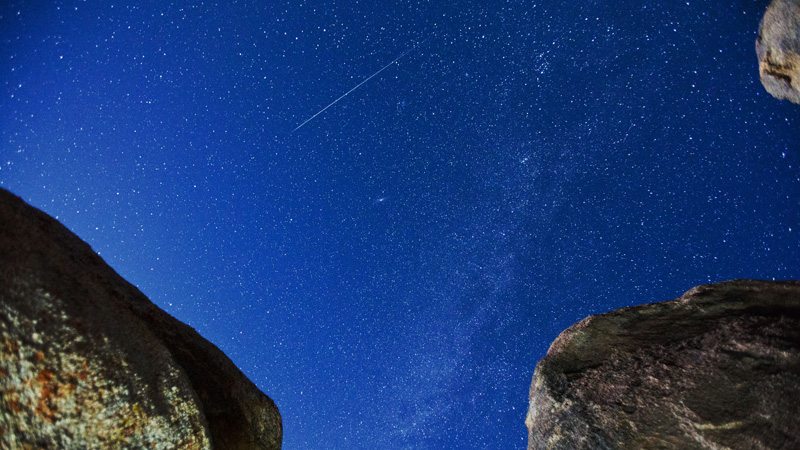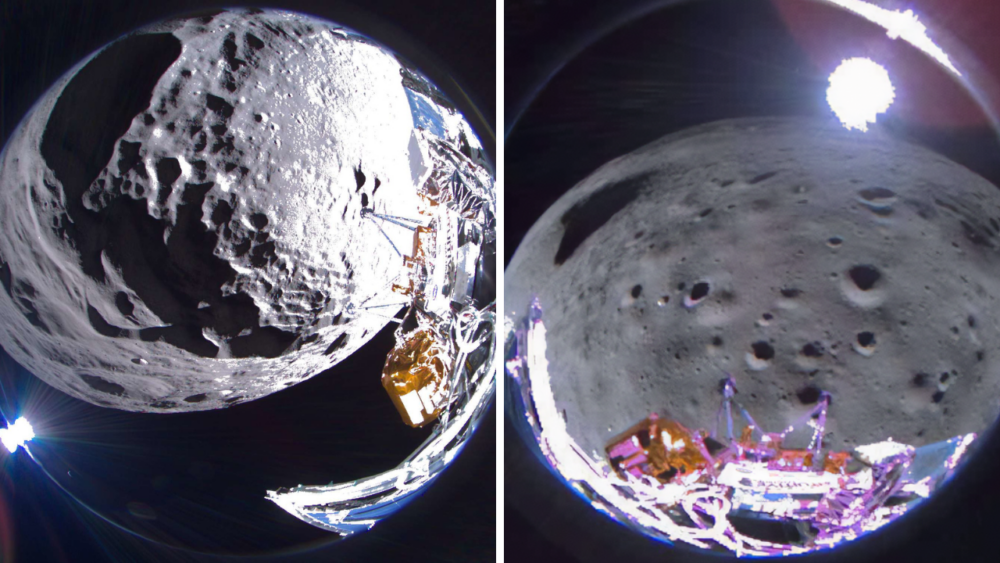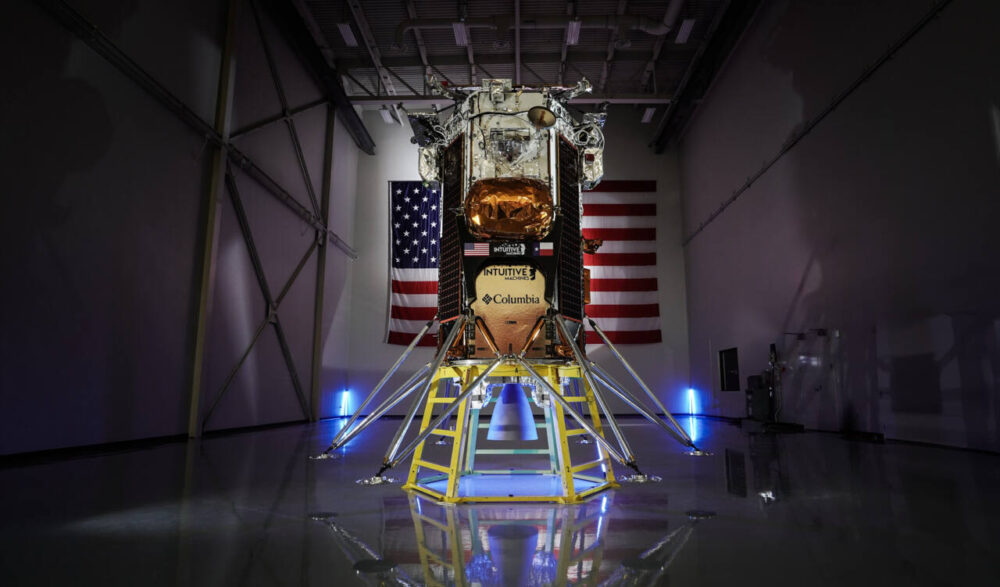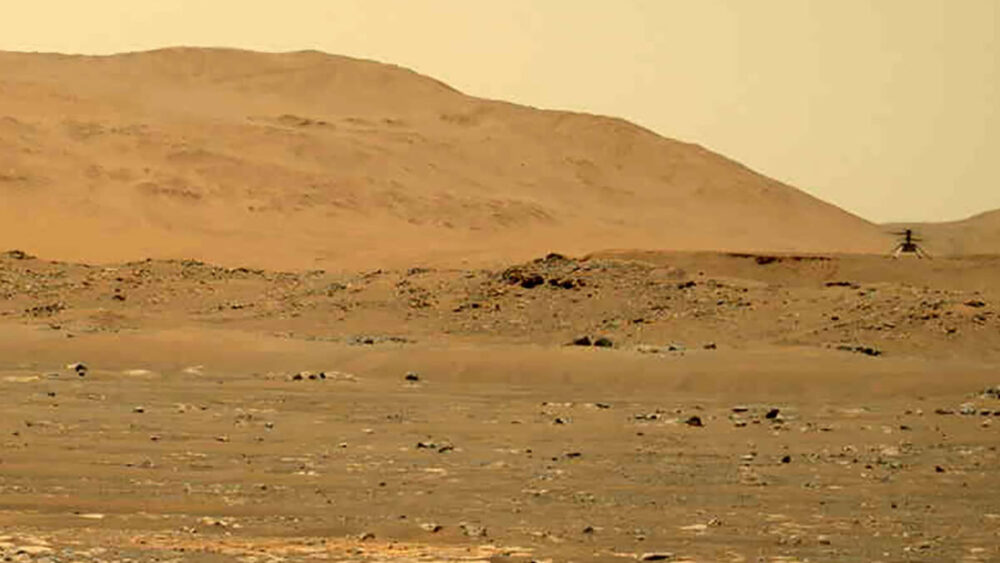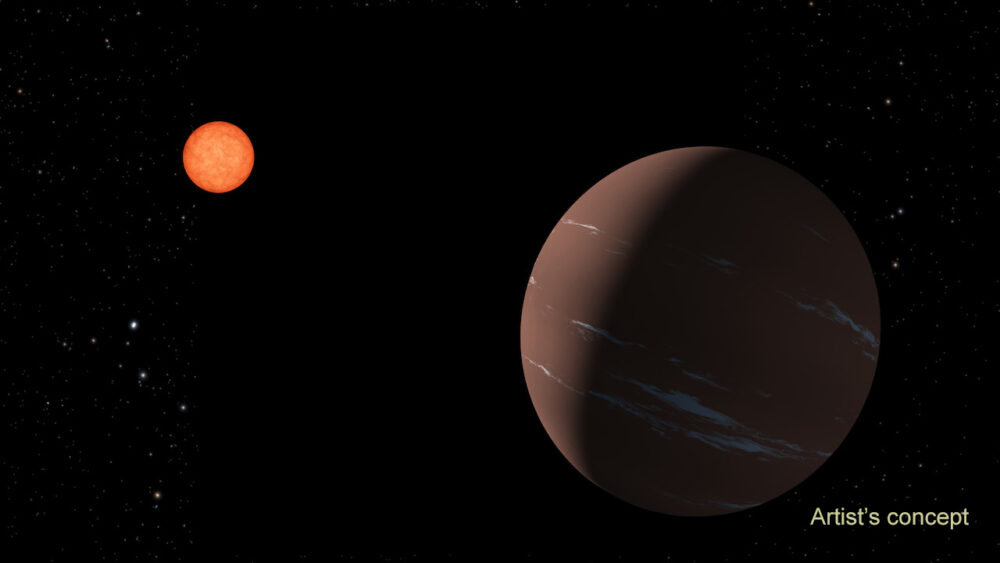There’s going to be a fantastic meteor shower tonight

At a time when many people are admiring holiday lights displays throughout their neighborhoods, Mother Nature is about to give even the most ambitious decorators a run for their money. That’s because on Dec. 13 and 14, the annual Geminid meteor shower will light up the skies. Although this meteor shower happens every year, this year is expected to be the one best yet.
“With August’s Perseids obscured by bright moonlight, the Geminids will be the best shower this year,” said Bill Cooke, of NASA’s Meteoroid Environment Office, in a news release. “The thin, waning crescent moon won’t spoil the show.”
What’s more, this shower has gotten better throughout the years, which is why we can expect an ever more impressive show this year.
“Over time, the Geminid meteor shower has increased in strength. Now, it’s the strongest meteor shower of the year as far as rates are concerned,” Cooke told Thrillist.
This special meteor shower can be seen all around the world, reaching its peak between 7:30 p.m. on Dec. 13 and dawn on the morning of Dec. 14. The greatest number of meteors will be visible between midnight and 4 a.m. on Dec. 14. The farther away from light pollution you are, the better the show will be. Keep in mind that the meteors appear in bunches, so there will be moments of inactivity. You don’t need a telescope or any other special equipment to safely view the meteor shower.
If you live in a big city or the weather is predicted to be cloudy where you live, you can see the meteor shower online. NASA will stream the shower live from its Marshall Space Flight Center in Huntsville, Alabama, beginning at sunset. The Virtual Telescope Project 2.0 will broadcast it through its remote-controlled robotic telescope.
If you’re looking to capture this event for your Instagram, you’re in luck because the Geminids are among the easiest meteors to photograph, thanks to their brightness and relatively slow speed. To get the best snaps of this celestial event, point your camera toward the darkest part of the sky with the lens aimed half-way up.
Enjoy the show!


